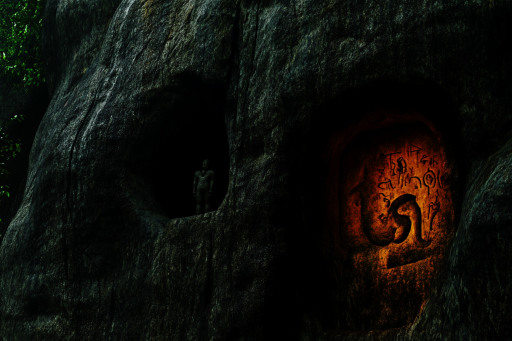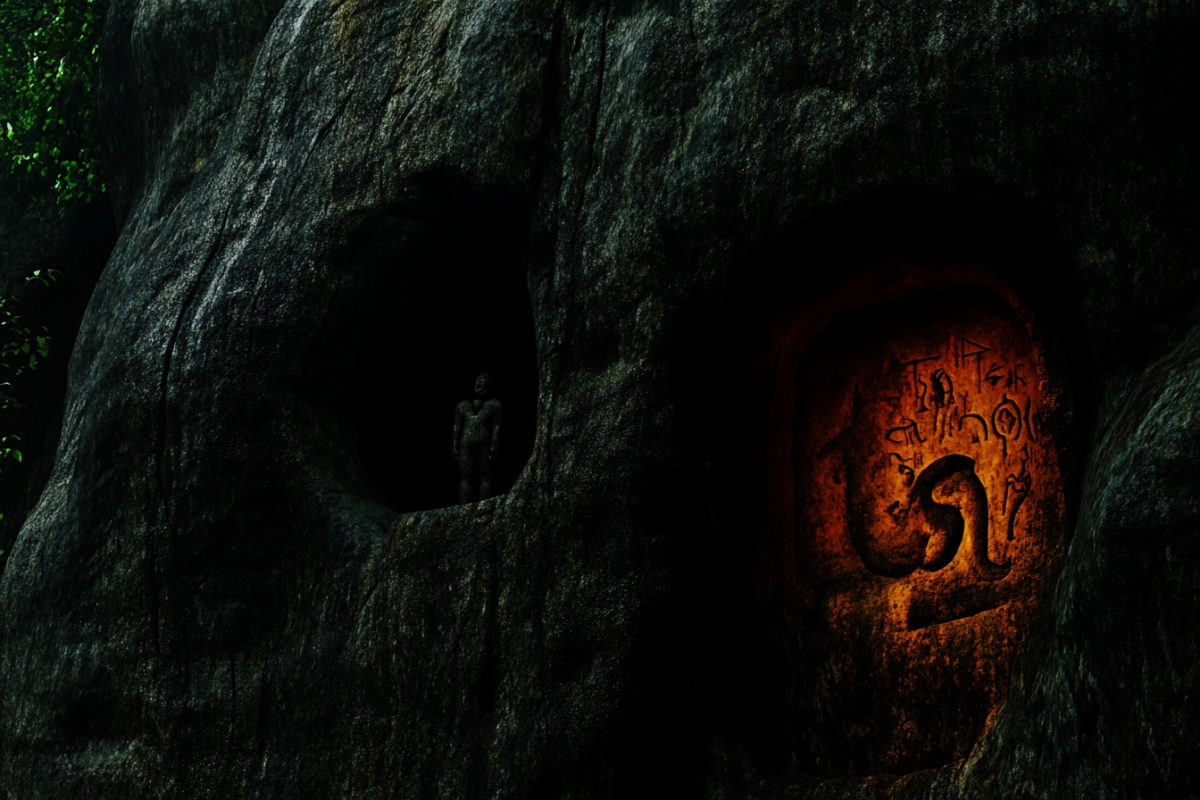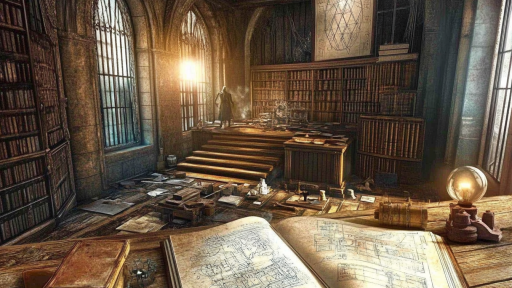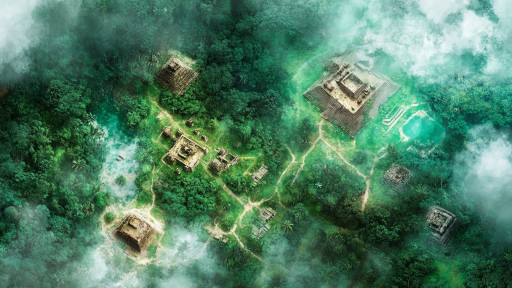
Deep within the earth, hidden in forgotten caverns, ancient artists left behind cryptic messages that still puzzle researchers today. These mysterious cave paintings depict scenes of unknown civilizations, strange beings, and events that challenge our understanding of the past. Some images resemble lost cultures, while others hint at encounters with something beyond human comprehension. Could these artworks be evidence of forgotten histories waiting to be rediscovered?
The Tassili N’Ajjer Paintings – Giants and Strange Beings in the Sahara

In the remote desert of Algeria, the Tassili N’Ajjer cave paintings depict figures unlike any known human civilization. Some images show towering humanoid beings with elongated heads and bulbous eyes, resembling something out of mythology—or even science fiction. Others portray mysterious rituals and advanced-looking structures, suggesting a civilization that may have vanished without a trace. The origins and meanings of these surreal images remain a mystery.
The Altamira Cave – A Forgotten Masterpiece of the Ice Age

Discovered in Spain, the Altamira cave paintings reveal incredibly detailed images of bison, deer, and handprints from over 36,000 years ago. The artistic realism is so advanced that when first uncovered, experts believed them to be modern forgeries. Their existence proves that ancient people had sophisticated artistic skills and possibly a deeper understanding of the natural world than previously thought. Could these paintings be remnants of an unknown culture that thrived before recorded history?
The Lascaux Cave – Mysterious Symbols of an Ancient World

The Lascaux Cave in France is home to some of the most famous prehistoric artwork ever discovered. While the lifelike images of animals are stunning, it’s the strange symbols—dots, geometric shapes, and enigmatic patterns—that intrigue researchers the most. Some believe these markings could be an early form of written language or even an attempt to record celestial events. Were these early humans trying to communicate something more than just hunting scenes?
The Cave of the Swimmers – Evidence of a Lost Oasis?

In Egypt’s Libyan Desert, ancient cave paintings show people swimming—an odd image for one of the driest places on Earth. Scientists believe these paintings may be proof that this now-barren region was once lush and filled with water. Could they be evidence of a forgotten civilization that thrived before the Sahara became a desert?
The Magura Cave – Ancestral Visions or Forgotten Knowledge?

Hidden in Bulgaria, the Magura Cave contains over 700 paintings dating back more than 8,000 years. The strange figures appear to be performing rituals or ceremonies, while some symbols resemble early forms of writing. Were these markings part of an advanced system of communication, or do they represent a spiritual world lost to time?
The Bhimbetka Rock Shelters – The Oldest Civilization in India?

Deep within central India, the Bhimbetka Rock Shelters contain paintings dating back tens of thousands of years. The images depict hunting scenes, mysterious geometric patterns, and humanoid figures with unusual headdresses. Some researchers believe these caves could hold clues about one of the earliest human civilizations in South Asia. Could these paintings be a record of a lost people whose history was never written down?
The Chauvet Cave – The Forgotten Artists of Prehistory

The Chauvet Cave in France houses some of the oldest and most detailed prehistoric artwork ever found. The walls feature images of lions, rhinos, and even animals that scientists thought had never been seen by early humans. The precision of these drawings suggests an advanced culture of artists, but who were they, and what happened to them?
The Kakadu Rock Art – Ancient Myths in Stone

Australia’s Kakadu National Park contains thousands of rock paintings, many of which depict spirits and mythological beings called the Mimi. Some of these figures have elongated limbs and appear to be floating, leading some to speculate that they could be representations of beings from another world. Do these paintings tell stories of an ancient culture’s forgotten beliefs, or something even more mysterious?
The Serra da Capivara Cave Paintings – A Civilization Older Than We Thought?

In Brazil’s Serra da Capivara National Park, ancient cave paintings depict hunting, rituals, and strange humanoid figures. Some of the artwork is estimated to be over 25,000 years old, which, if true, would challenge the current timeline of human migration in the Americas. Could these paintings be evidence of a lost civilization that predates what we know about human history?
The Wondjina Paintings – Celestial Visitors or Mythological Spirits?

The Aboriginal people of Australia created the Wondjina paintings, depicting massive, white-faced beings with large, dark eyes. Some legends say these were ancestral spirits, while others believe they could be depictions of ancient celestial visitors. The striking appearance of these figures has fueled speculation for decades—who were the Wondjina, and why do they resemble beings found in myths around the world?
The Cueva de las Manos – Hands from the Distant Past

In Argentina’s Cueva de las Manos, hundreds of handprints cover the walls, dating back nearly 10,000 years. The painted hands, mostly left behind by young men, appear in an eerie arrangement, almost as if they were reaching out from the past. Were these simply artistic expressions, or did they serve a greater, forgotten purpose?
The Art of Forgotten Civilizations

These ancient paintings hold secrets that may never be fully understood. Were they created as simple artistic expressions, records of history, or messages for future generations? As researchers continue to uncover new sites and analyze their meanings, one thing remains certain—history is far older and more mysterious than we ever imagined. Could more lost civilizations still be waiting to be discovered, hidden beneath the earth’s surface?





